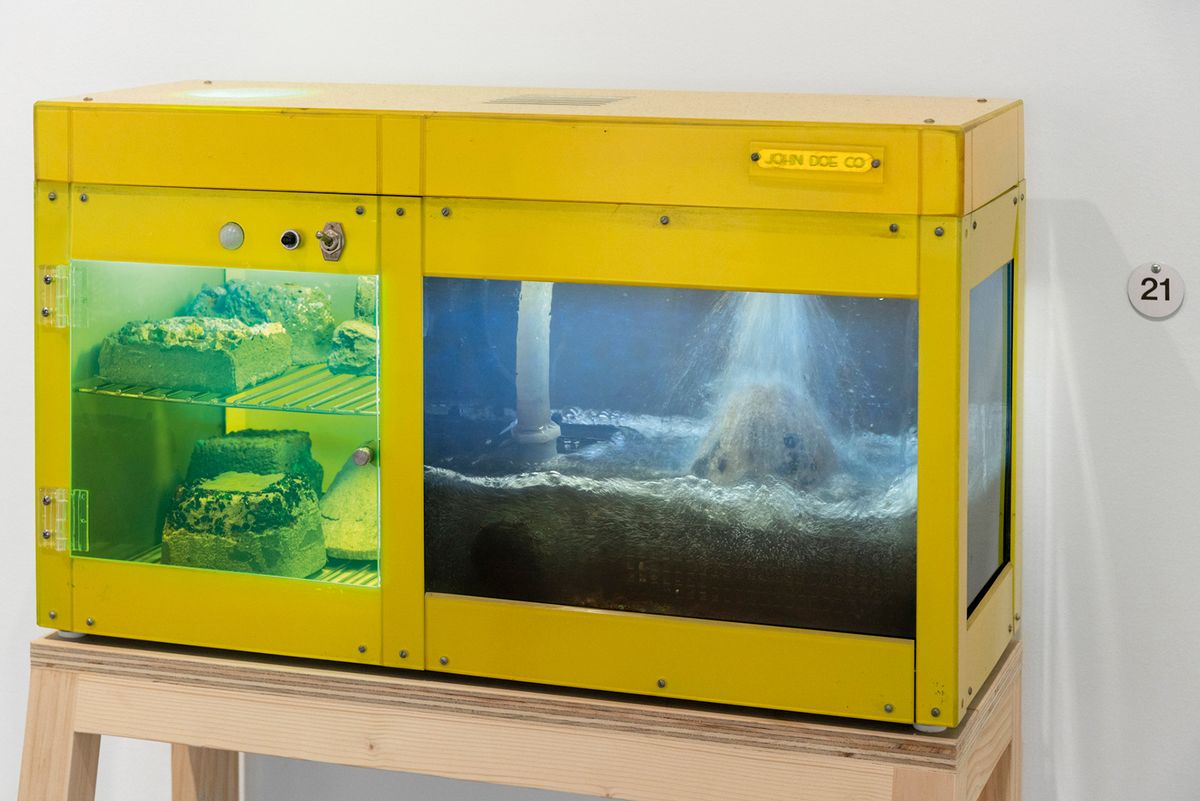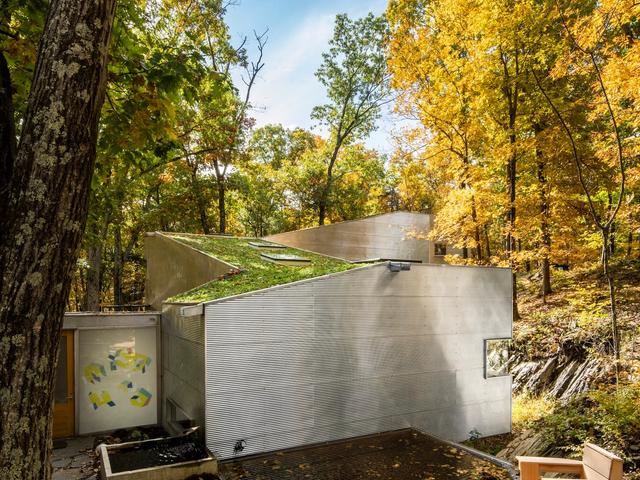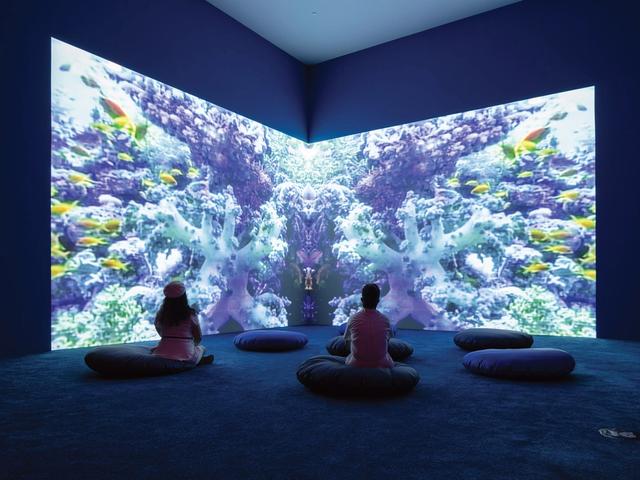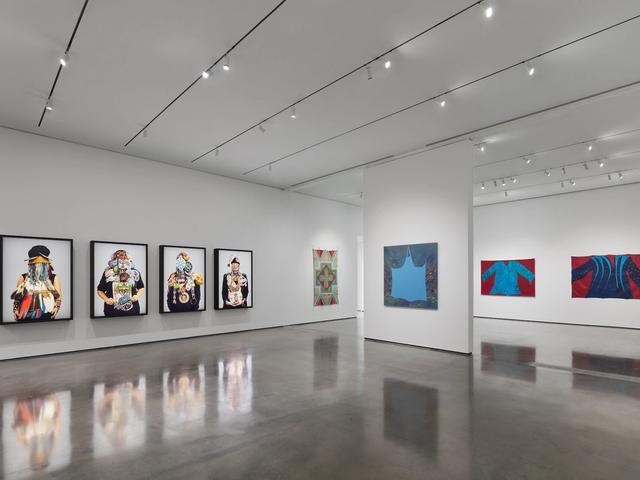In the past few years, artists and institutions have begun to grapple with the environmental impact of the art world. Groups have emerged to share resources and encourage best practices, but the resounding question that arises is how to start. While some organisations, such as the Museum of Contemporary Art in Los Angeles and the commercial gallery Hauser & Wirth, have established in-house staff positions, others are increasingly seeking the expertise of consultants to help develop climate-conscious plans. These specialists may offer the key to creating sustainable, system-wide change.
Climate consultants help solve a common issue: many institutions have an interest in sustainability, but they lack the skills to act. “As a museum in the delicate region we’re in, awareness of the climate is baked into our operations,” says Alex Gartenfeld, the artistic director of the Institute of Contemporary Art, Miami (ICA Miami). The museum began to formalise its sustainability plans in 2020 and was one of the inaugural recipients of the Frankenthaler Climate Initiative, a grant-making programme that supports visual arts organisations undertaking energy-efficiency initiatives. “When it came to making institutional changes, we, like many others, were totally unaware of what to do,” Gartenfeld says.
In need of additional expertise, the museum began working with Haley Mellin in early 2021. Mellin is an artist, conservationist and co-founder of several climate initiatives—including the artist-led collective Artists Commit, and Art Into Acres, a non-profit that supports land preservation through art sales. Mellin has also worked as a sustainability adviser for several museums in the US and Europe. “The new role of climate adviser supports us in learning together and reflecting as to how we can act better,” she says. Mellin introduced a set of concerns, such as understanding the sources of energy, that ICA Miami can use to plan exhibitions with the reduction of carbon emissions in mind, including making sustainable decisions about shipping by waiting for consolidated shuttles.
“The art world’s carbon footprint is small compared to other industries, but that doesn’t mean we shouldn’t act,” Gartenfeld says. “Museums are trusted voices. We have to learn to be leaders in sustainability. Haley introduced us to ways we could think about decarbonisation and helped us see that sustainability is not as complicated as it might seem; it’s about coming up with best practices for a range of things, including packing and shipping, which is something we’ve been improving for a while.”
In 2024, for example, ICA Miami took its findings from working with Mellin and others and moved its energy intake to renewable sources, entering into a five-year agreement to procure renewable energy certificates. The museum also purchases credits to offset the carbon generated by its operations, often offsetting two-fold in order to support land preservation in Florida and South America.
Mellin connected the museum with other consultancies, such as Environment & Culture Partners (ECP), a non-profit founded by the climate specialists Sarah Sutton and Stephanie Shapiro in 2021 to advocate for environmental leadership in the cultural sector. ECP works with a range of institutions—including museums, gardens, zoos and historic sites—to implement climate solutions with an emphasis on collaboration and community. (The Frankenthaler Climate Initiative is a collaboration between ECP, the Helen Frankenthaler Foundation and RMI, a non-profit think-tank working on clean-energy solutions.)
The importance of community-building
Many activists cite community-building and collaboration as key to system-wide change. The climate specialist Laura Lupton of LHL Consulting founded her business after years of community-building, including co-founding Artists Commit along with Mellin and others, while also working full time as a director at Gladstone Gallery.
“Through my community-organising work with Artists Commit, I was able to help several organisations on their climate impact reports [CIRs], an initiative to track and reduce the environmental impact of exhibition-planning and operations, as well as climate action plans,” Lupton says. “Eventually, an institution came along with a longer-term offer that allowed me to leave my job and launch a business.”
In her capacity as a consultant, Lupton has helped a range of organisations, including assisting the Art Dealers Association of America in creating a sustainability roadmap for its annual Art Show. She also helped the Getty develop a climate impact programme for this year’s PST Art: Art & Science Collide.
“We could immediately see the potential of implementing a programme across the vast PST Art network, which already has a strong ethos of collaboration,” says Joan Weinstein, the director of the Getty Foundation. This programme includes webinars on a range of topics, such as installing and deinstalling sustainably, often centring on how to avoid waste and choose materials with reuse in mind, and one-on-one meetings for participants. The programme also encourages partners to complete a CIR and connects institutions and workers facing similar challenges in order to develop a network.
Lupton approaches each client differently, tailoring a systems-driven ethos she developed using models outside the art industry. “Museum directors are increasingly recognising the importance of stepping into these conversations, but that doesn’t mean they have the expertise to know what the right questions are,” she says. Some clients need help formalising existing initiatives into their operations, while others are considering sustainability for the first time, and engage Lupton in order to establish baselines of climate impact and to identify areas of improvement.
Many institutions cite a lack of resources as a barrier to engaging with sustainability. The Getty’s allocation of funds to support a climate consultant is noteworthy, but other institutions rely on grants like the Teiger Foundation’s Climate Action for Curators initiative, which provides up to $25,000 to a selection of its curatorial grantees to create climate plans. Launched in 2023 as a pilot (with grants of up to $20,000), the programme also provides a sustainability consultant, Alexa Steiner of Rute Collaborative, to form and implement the plans.
Taking a holistic approach
Steiner, with her background in governmental sustainable development and consulting for a range of industries (including fashion), is particularly skilled with large-scale planning and implementing proven systems. During Teiger’s pilot programme, she worked with The Contemporary Austin in Texas on Nature Never Loses (until 8 December), a solo exhibition of climate-related works by the artist Carl Cheng. Steiner encouraged the museum to approach sustainability in a holistic way, rethinking everything from crating and shipping to communicating climate-conscious standards to vendors.
“We help people effect change with tools, resources and a support system that guides this change based on their needs and not a set plan,” Steiner says. “They can get caught up in the details, but we need to understand the impact of current practices before trying to solve the entire picture. For example, while it might be tempting to worry about the carbon footprint of screws and nails or a specific type of lightbulb, these decisions have to be assessed within the broader context of the exhibition and institution.”
To this end, Steiner’s work involved tracking carbon emissions for The Contemporary Austin in order to establish baseline data and identify what could be improved. The findings will inform how the museum plans its exhibitions and operations across all departments going forward.
“As a travelling exhibition, Carl’s show will spread Alexa’s work across several institutions as we learn to ask similar questions of them that we asked of ourselves,” says sharon maidenberg, the museum’s executive director and chief executive.
For many institutions, this baseline data can be used to advocate for funds to devote to sustainability consultants and in-house professionals. “We’re not at the point where we can pinpoint the dollars needed, but I can see a future where corporations interested in supporting environmental issues and that love the arts might want to fund these kinds of initiatives,” maidenberg says. “I’ve been through other moments where institutions devote funds to consultants—such as the recent outcropping of diversity, equity and inclusion initiatives—but there aren’t resources to implement the work. Implementation dollars are crucial.”
• Carl Cheng: Nature Never Loses, The Contemporary Austin, Texas, until 8 December





